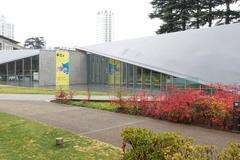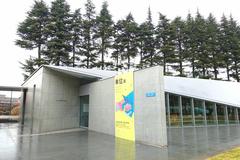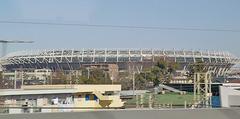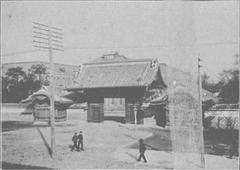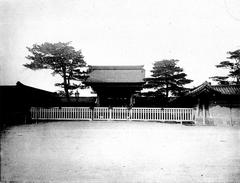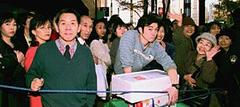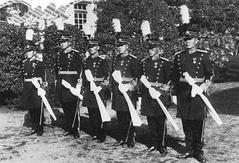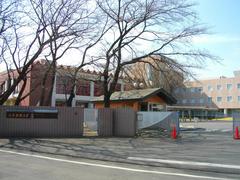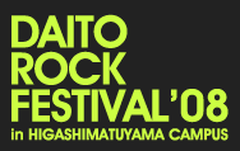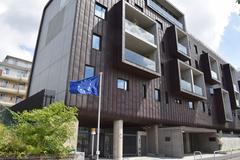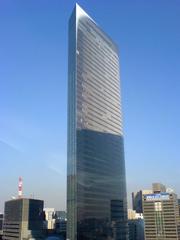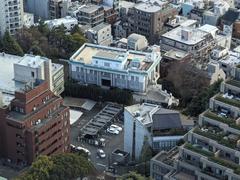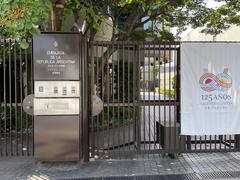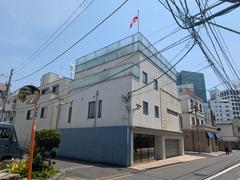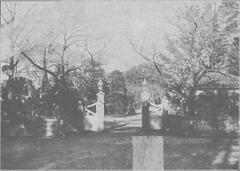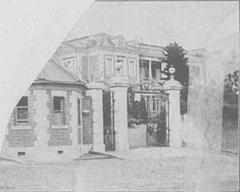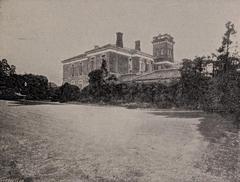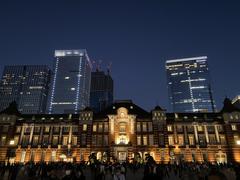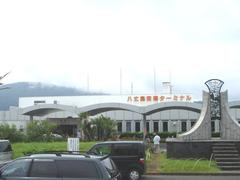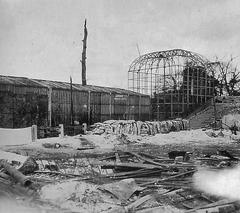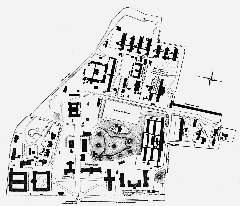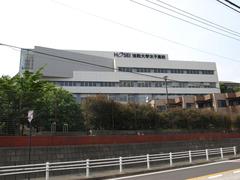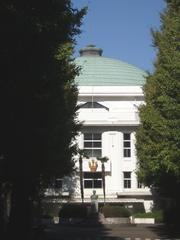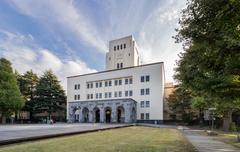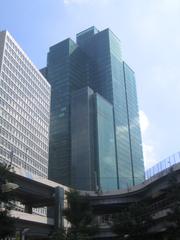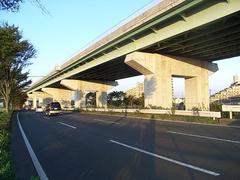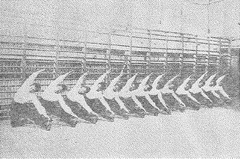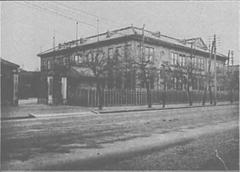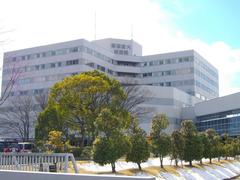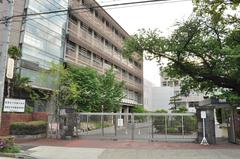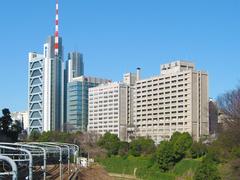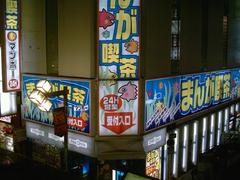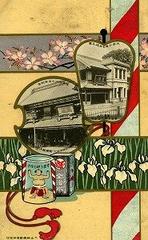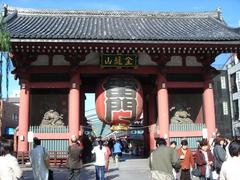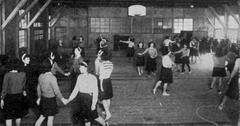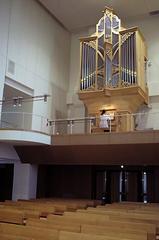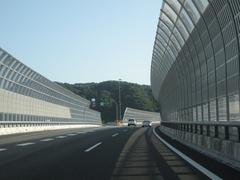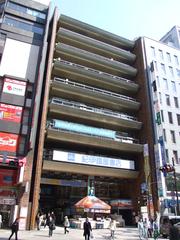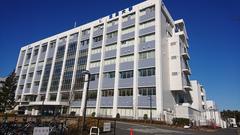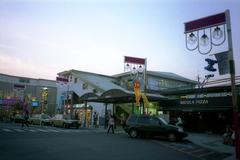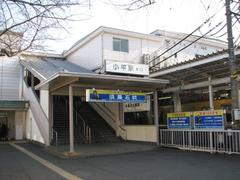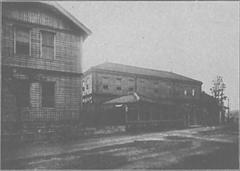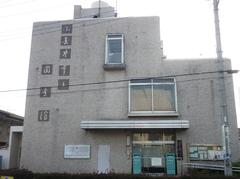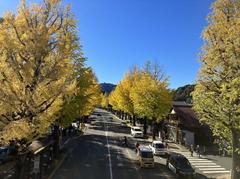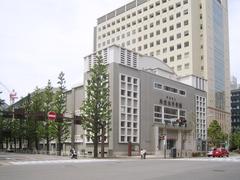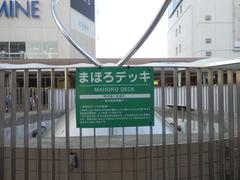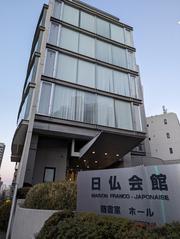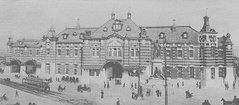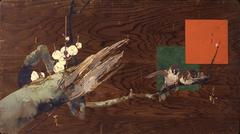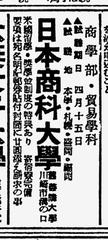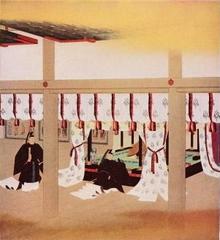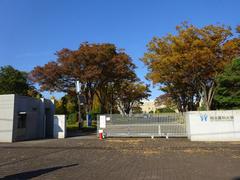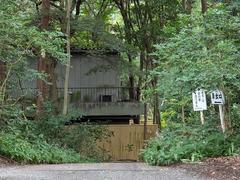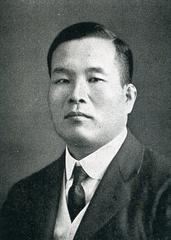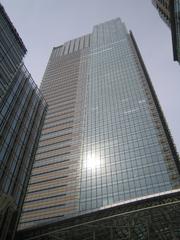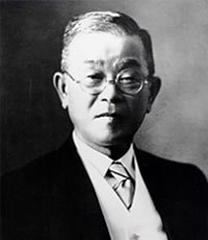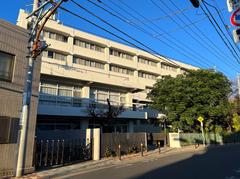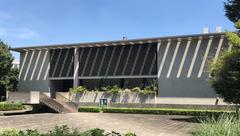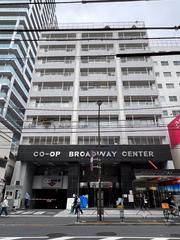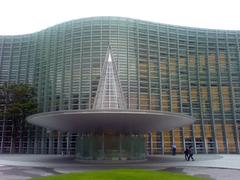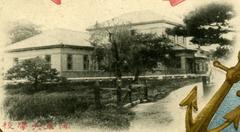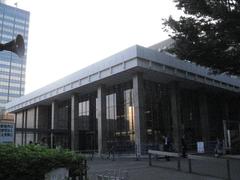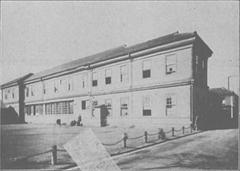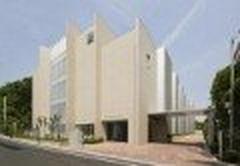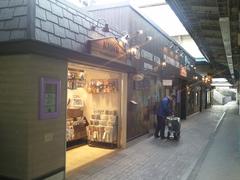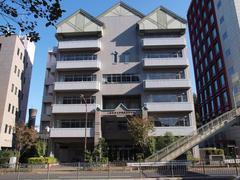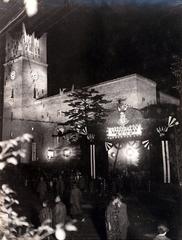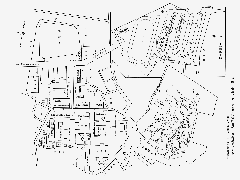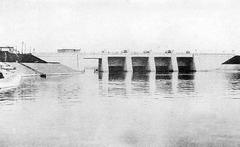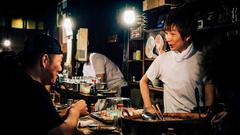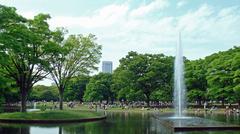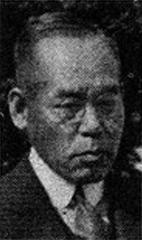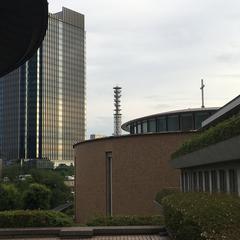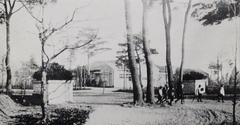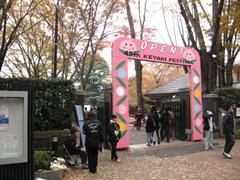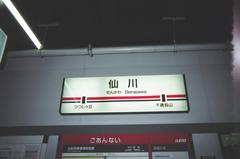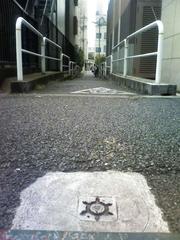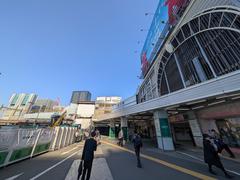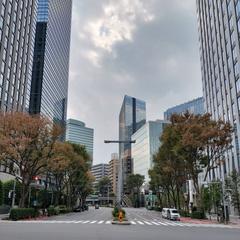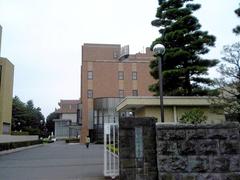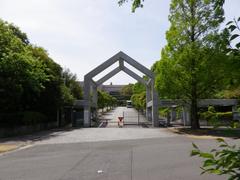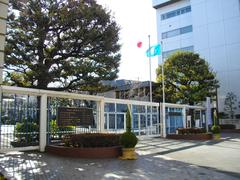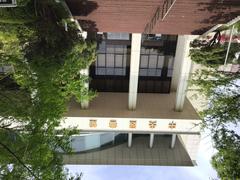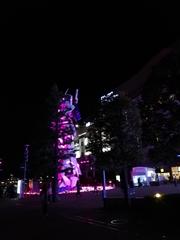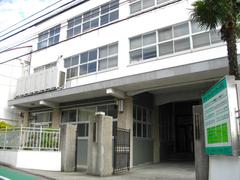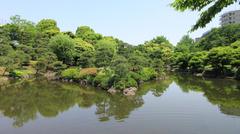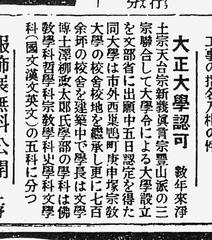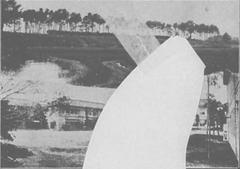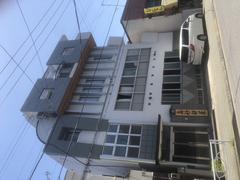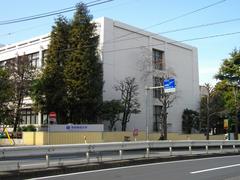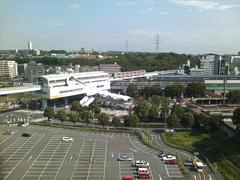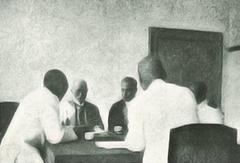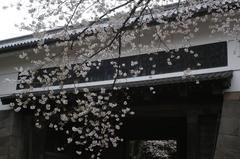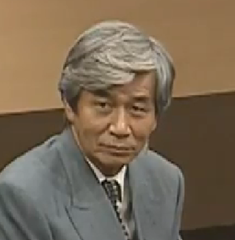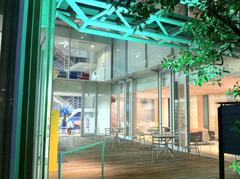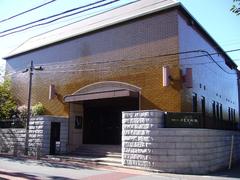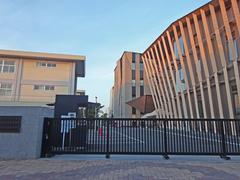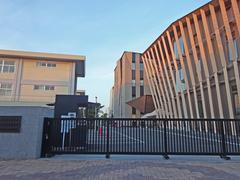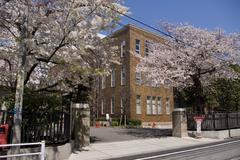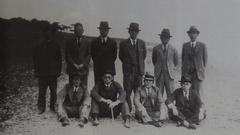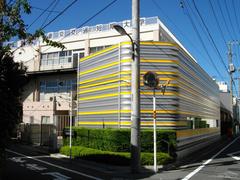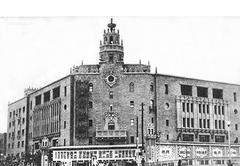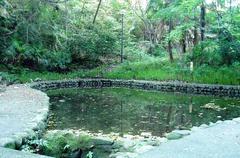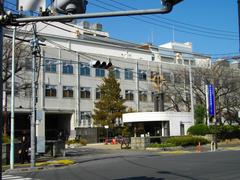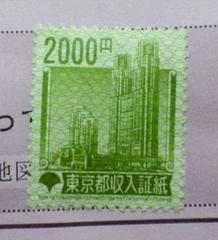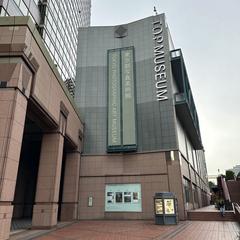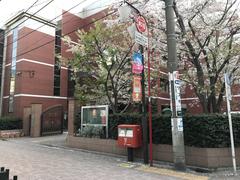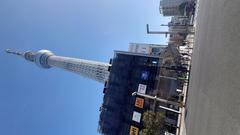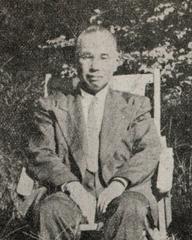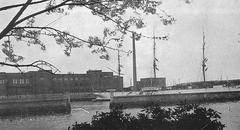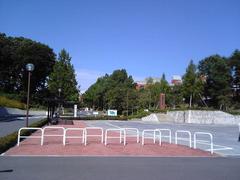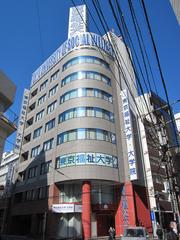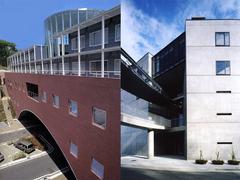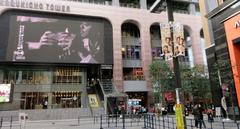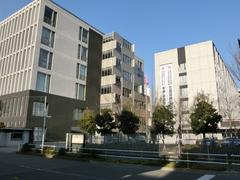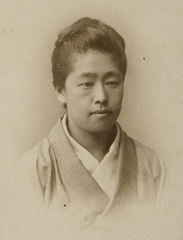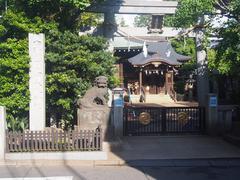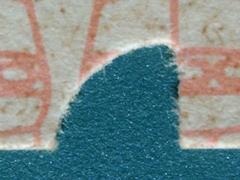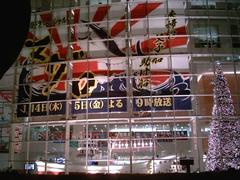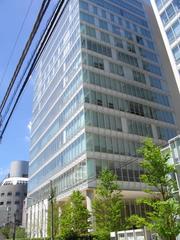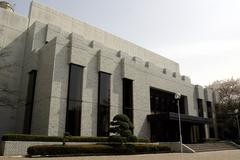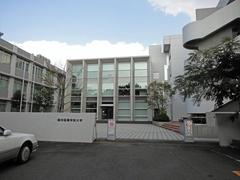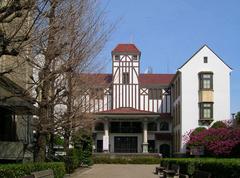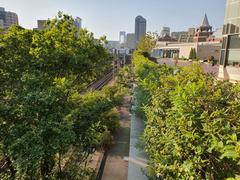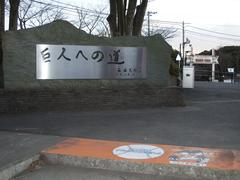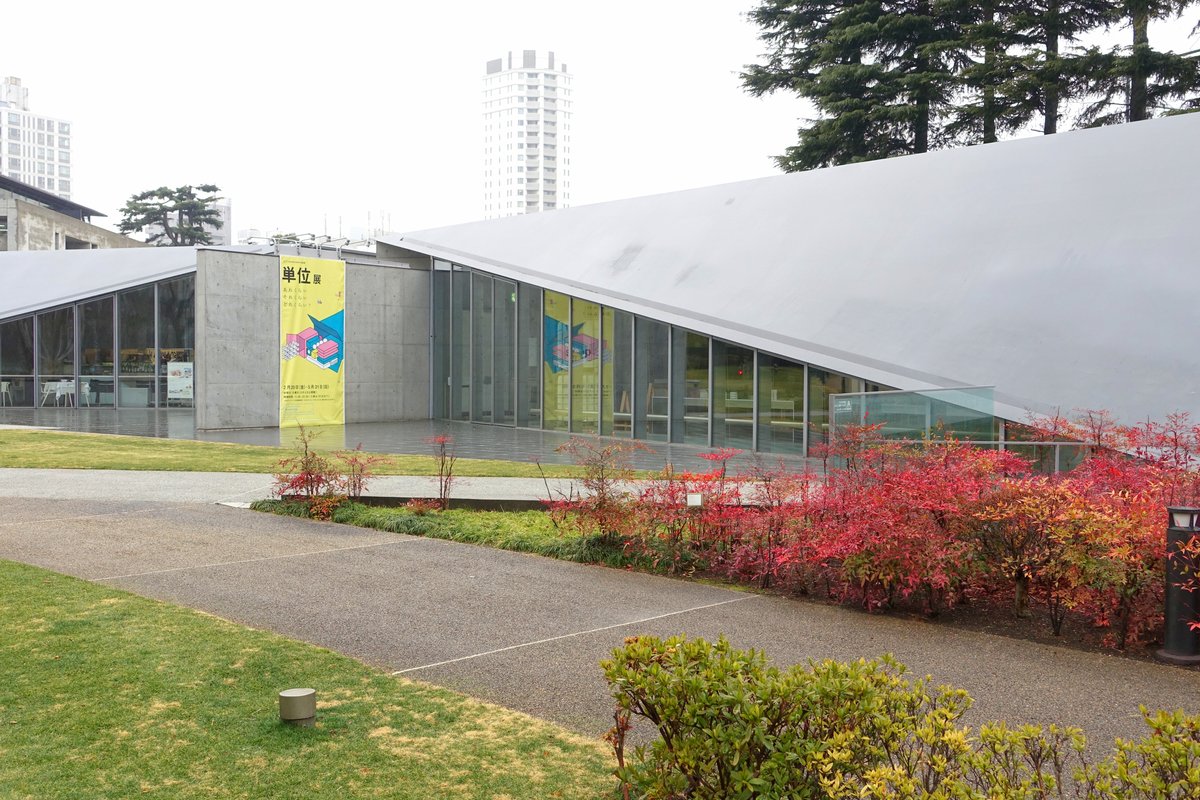
Comprehensive Guide to 21_21 Design Sight in Tokyo
Date: 19/07/2024
Introduction
21_21 Design Sight, located in Tokyo’s bustling Roppongi district, stands as a beacon for design enthusiasts worldwide. Conceived by three luminaries of Japanese design—fashion designer Issey Miyake, architect Tadao Ando, and graphic designer Taku Satoh—this institution is more than just a museum. It serves as a dynamic hub where the realms of fashion, architecture, and graphic design converge to explore and celebrate the multifaceted nature of design (Explore 21_21 Design Sight). Opened in 2007, 21_21 Design Sight challenges conventional perceptions by offering a holistic approach to design through exhibitions, workshops, and educational programs. Its architectural brilliance, characterized by an undulating steel roof and subterranean galleries, speaks volumes about the innovative spirit that drives the institution. This guide aims to provide a comprehensive overview of 21_21 Design Sight, including its history, architecture, exhibitions, and practical visitor information, ensuring that your visit is as enriching as it is inspiring.
Table of Contents
- History and Vision
- Visitor Information
- Architecture and Key Features
- Exhibitions and Programs
- FAQs
- Conclusion
- References
History and Vision
A Legacy of Design
21_21 Design Sight, nestled in the heart of Tokyo’s Roppongi district, stands as a testament to Japan’s profound appreciation for design. More than just a museum, it’s a vibrant hub where design enthusiasts and the creatively curious converge to explore the multifaceted world of design.
The Visionaries Behind 21_21 Design Sight
The genesis of 21_21 Design Sight can be traced back to a trio of iconic Japanese figures:
- Issey Miyake: The world-renowned fashion designer, celebrated for his innovative approach to textiles and form, envisioned a space where design could be appreciated in all its forms.
- Tadao Ando: The Pritzker Prize-winning architect, known for his minimalist aesthetic and masterful use of concrete, breathed life into Miyake’s vision, creating a structure that is itself a work of art.
- Taku Satoh: A master of visual communication, Satoh’s contributions ensured the museum’s identity and exhibitions resonated with clarity and impact.
Opening the Doors to a Design Dialogue
21_21 Design Sight opened its doors to the public in 2007, marking a significant moment in Japan’s design landscape. The museum’s name itself reflects its forward-thinking ethos. Inspired by the expression “20/20 vision,” representing perfect eyesight, 21_21 Design Sight aims to push the boundaries of perception, encouraging visitors to see the world with fresh eyes through the lens of design.
Beyond Exhibitions
While exhibitions form the core of 21_21 Design Sight’s offerings, the museum goes beyond simply showcasing objects. It fosters a dynamic environment for design dialogue and exploration through:
- Workshops and Events: From hands-on workshops led by renowned designers to thought-provoking talks and symposiums, 21_21 Design Sight provides platforms for learning, interaction, and creative exchange.
- Educational Programs: Recognizing the importance of nurturing future generations of designers, the museum offers dedicated programs for students and young adults, fostering a deeper understanding and appreciation for design thinking.
- Design Shop: An extension of the museum’s philosophy, the design shop offers a curated selection of design-driven objects, books, and gifts, allowing visitors to take a piece of the 21_21 Design Sight experience home.
Visitor Information
Visiting Hours and Ticket Prices
- Visiting Hours: 21_21 Design Sight is open from 11:00 AM to 7:00 PM, Wednesday through Monday. It is closed on Tuesdays.
- Ticket Prices: General admission is 1,200 yen for adults, 800 yen for university students, and 500 yen for high school students. Children under high school age can enter for free.
Accessibility
The museum is wheelchair accessible, and there are facilities to accommodate visitors with disabilities.
Nearby Attractions
While visiting 21_21 Design Sight, be sure to explore other nearby attractions in Tokyo’s Roppongi district, such as the Tokyo Midtown complex, the Mori Art Museum, and the National Art Center.
Architecture and Key Features
Architectural Design
21_21 Design Sight is a testament to the power of innovative design. While Tadao Ando is known for his minimalist aesthetic and mastery of concrete, this building breaks away from his signature material, featuring a unique blend of steel and glass.
Key Features
- Undulating Roof: Composed of 11 massive steel plates, the roof creates a sense of fluidity and movement, beautifully contrasting with the surrounding greenery.
- Subterranean Galleries: Ando designed the museum to be largely subterranean, minimizing its visual impact on the park landscape. The subterranean galleries, bathed in natural light from strategically placed skylights, offer a serene space for experiencing design.
- Glass Facade: A 54-meter long glass facade offers a glimpse into the museum’s inner workings, reflecting 21_21 Design Sight’s mission to make design accessible.
- Flexible Exhibition Spaces: The museum houses two main galleries, adaptable to a wide range of exhibitions.
- Outdoor Plaza: An expansive outdoor plaza connects the building to the surrounding park, hosting outdoor installations and events.
- Design Shop and Cafe: A design shop and cafe provide a relaxing space to reflect on the exhibitions.
Exhibitions and Programs
Exhibition Philosophy
The institution prides itself on showcasing design not merely as an aesthetic pursuit but as a fundamental aspect of human interaction and problem-solving. Exhibitions often challenge conventional notions of design, encouraging visitors to reconsider the familiar and discover new perspectives.
Past Exhibitions
21_21 Design Sight has presented a diverse range of critically acclaimed exhibitions since its inception. Some highlights include:
- “Design and the Elastic Mind” (2008): This groundbreaking exhibition explored the evolving relationship between design and science.
- “Kashiwa Sato” (2012): A retrospective of the renowned Japanese graphic designer Kashiwa Sato.
- “The SENSE of Wonder” (2013): Inspired by the work of scientist and author Rachel Carson, this exhibition invited visitors to rediscover the beauty and wonder of the natural world through the lens of design.
- “Yohji Yamamoto - SHOW SPACE” (2015): A captivating exhibition that transcended the boundaries of fashion and art.
- “Athlete x Design” (2019): This exhibition explored the interplay between athletic performance and design innovation.
Current and Upcoming Exhibitions
Information about current and upcoming exhibitions can be found on the official 21_21 Design Sight website (21_21 Design Sight).
Programs and Events
Beyond exhibitions, 21_21 Design Sight offers a dynamic range of programs and events designed to engage audiences of all ages and backgrounds, including:
- Gallery Talks: Led by curators, designers, and experts, these talks provide deeper insights into the themes and concepts explored in the exhibitions.
- Workshops: Hands-on workshops offer participants the opportunity to engage directly with design principles.
- Lectures and Symposia: Featuring prominent figures from the world of design and beyond.
- Film Screenings: Showcasing documentaries, feature films, and experimental works that explore design-related themes.
- Family Programs: Engaging activities designed specifically for children and families.
FAQs
Q: What are the visiting hours for 21_21 Design Sight?
A: The museum is open from 11:00 AM to 7:00 PM, Wednesday through Monday. It is closed on Tuesdays.
Q: How much are tickets for 21_21 Design Sight?
A: General admission is 1,200 yen for adults, 800 yen for university students, and 500 yen for high school students. Children under high school age can enter for free.
Q: Is 21_21 Design Sight wheelchair accessible?
A: Yes, the museum is wheelchair accessible and accommodates visitors with disabilities.
Conclusion
21_21 Design Sight is not only an architectural marvel but also a cornerstone of contemporary design culture in Tokyo. Since its inception in 2007, it has continually pushed the boundaries of design, offering visitors a unique opportunity to engage with innovative ideas and creative practices. The museum’s commitment to fostering a deeper understanding of design through its diverse exhibitions, workshops, and educational programs makes it a must-visit destination for anyone interested in the art of design (Explore 21_21 Design Sight). Additionally, its strategic location within the Tokyo Midtown complex provides easy access to other cultural landmarks, making it a perfect addition to any Tokyo itinerary. Plan your visit today and be prepared to see the world through a new lens.
